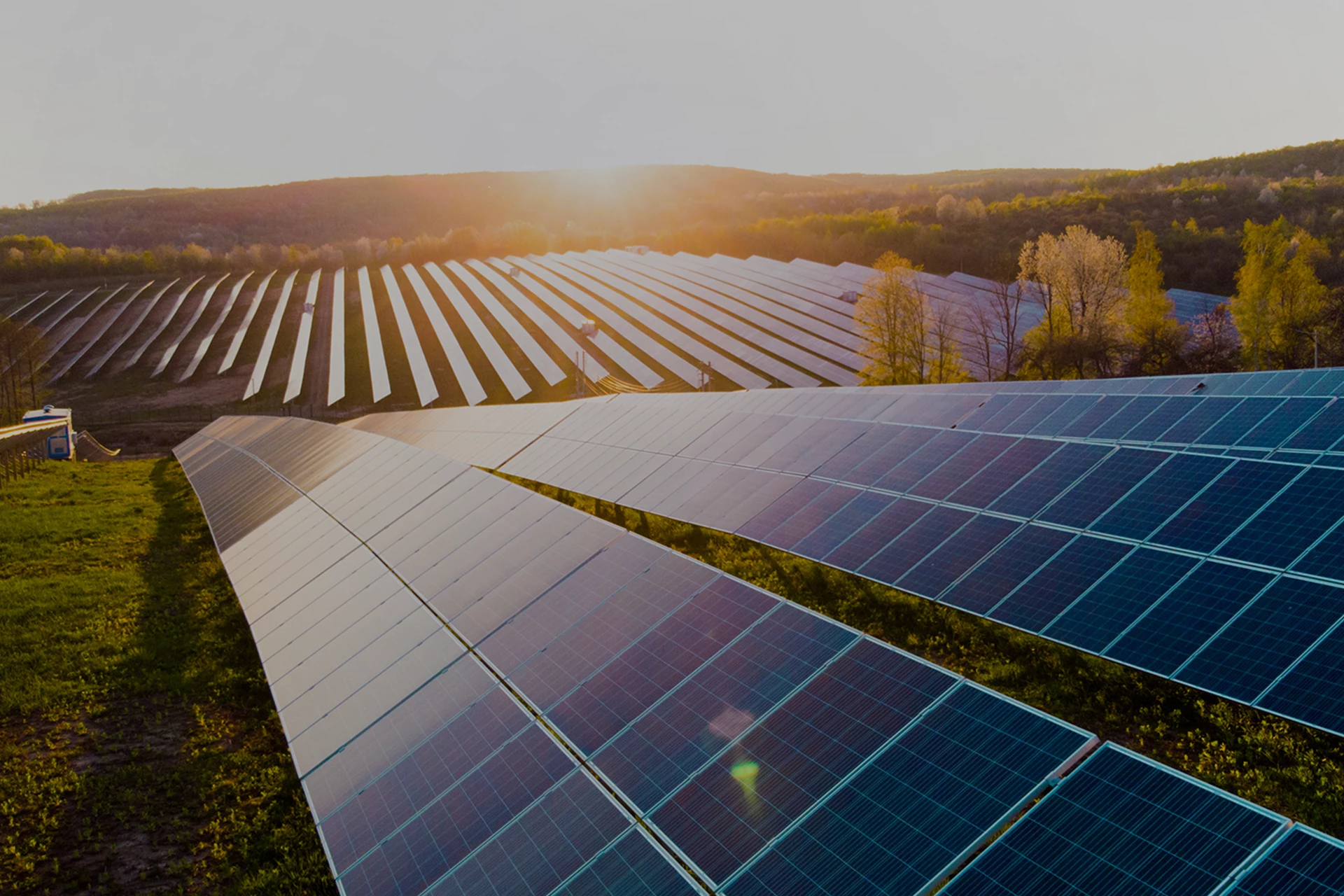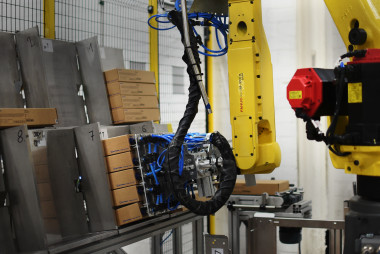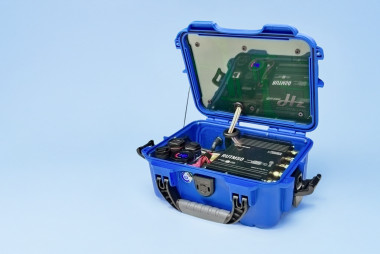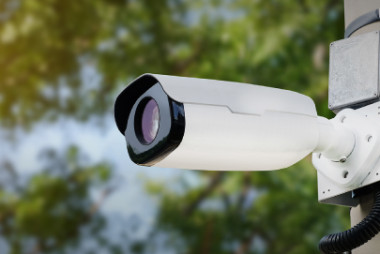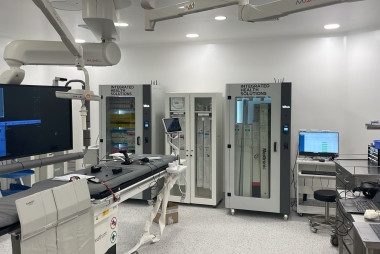Highlights
✔ The number of solar panels needed in a solar farm ranges between 2222 and 2857 per 1 MW. This necessitates connectivity for remote management capabilities, but also entails high network complexity.
✔ The TSW210 plug-and-play unmanaged switch provides vital interconnectivity to vast solar farms and solar energy solutions worldwide, minimising network complexity and the risk of technical issues.
✔ Featuring two SFP ports and eight Gigabit Ethernet ports, this 8-port Ethernet switch is perfect for centralising your complex solar farm network.
The challenge – chasing the solar dream
Every hour and a half, the Earth’s surface receives enough sunlight to meet global energy consumption needs for a full year.
Given this, the quest to harness all of this energy is in full swing. A cumulative 1552.3 GW of solar energy capacity was achieved globally in 2023, representing 37.48% of the total renewable energy achieved that year. This number is estimated to reach 6101 GW by 2030. The future seems, appropriately enough – bright.
However, to reach these future numbers, investments in solar energy infrastructure must ramp up considerably. New solar farms and solar energy solutions, including off-grid solar systems, must be installed.
What needs to be installed, exactly?
The average solar panel in 2023 generates between 350 and 450 watts and takes up roughly 1.67 square metres. An acre of land, or 4047 square metres, can fit approximately 2400 solar panels. This means that to generate 1 MW, your solar farm would need to deploy between 2222 and 2857 solar panels. If you add DC-to-AC converters and computers to control the panels, the total number of devices per acre can get out of hand quickly.
The reason this is an issue is that for a solar farm, the ability to access and manage them all remotely is not a luxury – it’s a necessity. Remote management requires connectivity, and considering the numbers we’re talking about, that connection better be reliable.
When your solar farm encompasses thousands of pieces of equipment over such a large area, the complexity of your network increases and so does the risk of facing technical issues. To prevent this, you should deploy ethernet switches to your solar energy solution.
Topology
The solution – a solar system of Ethernet switches
To future-proof your solar farm from connectivity complications, a fleet of the Teltonika Networks TSW210 unmanaged switches should be deployed.
The TSW210 is a plug-and-play Ethernet switch, meaning that no additional configuration is needed for its deployment. Equipped with two SFP ports for long-range fibreoptic communication and eight Gigabit Ethernet ports, this 8-port Ethernet switch is perfect for centralising your complex network.
Each solar panel and its corresponding converter and computer are connected to a single unmanaged switch via Ethernet. All Ethernet switches in the solar farm are then connected, forming a single, interconnected network.
The TSW210 also features a compact size, DIN rail and other surface mounting options, and a 2-pin industrial DC power socket with an input voltage range of 7-57 VDC. These make this 8-port Ethernet switch easy to fit in the complex setup of solar farms, solar power solutions, and off-grid solar power systems.
With some of the largest solar farms in the world installed in desert environments, can these Ethernet switches handle the high temperatures and rugged conditions? Of course they can! Durable aluminium housing and operating temperatures of -40°C to +75°C make the TSW210 perfect for such conditions.
Don’t let network complexity creep get in the way of your solar energy solution dream – deploy the TSW210 8-port switch today, and harness that sunlight with ease.
Featured product
TSW2108 x Gigabit Ethernet ports with speeds of up to 1000 Mbps
No additional configuration needed
DIN rail and surface mounting options
2 x SFP ports for long-range fiber-optic communication
